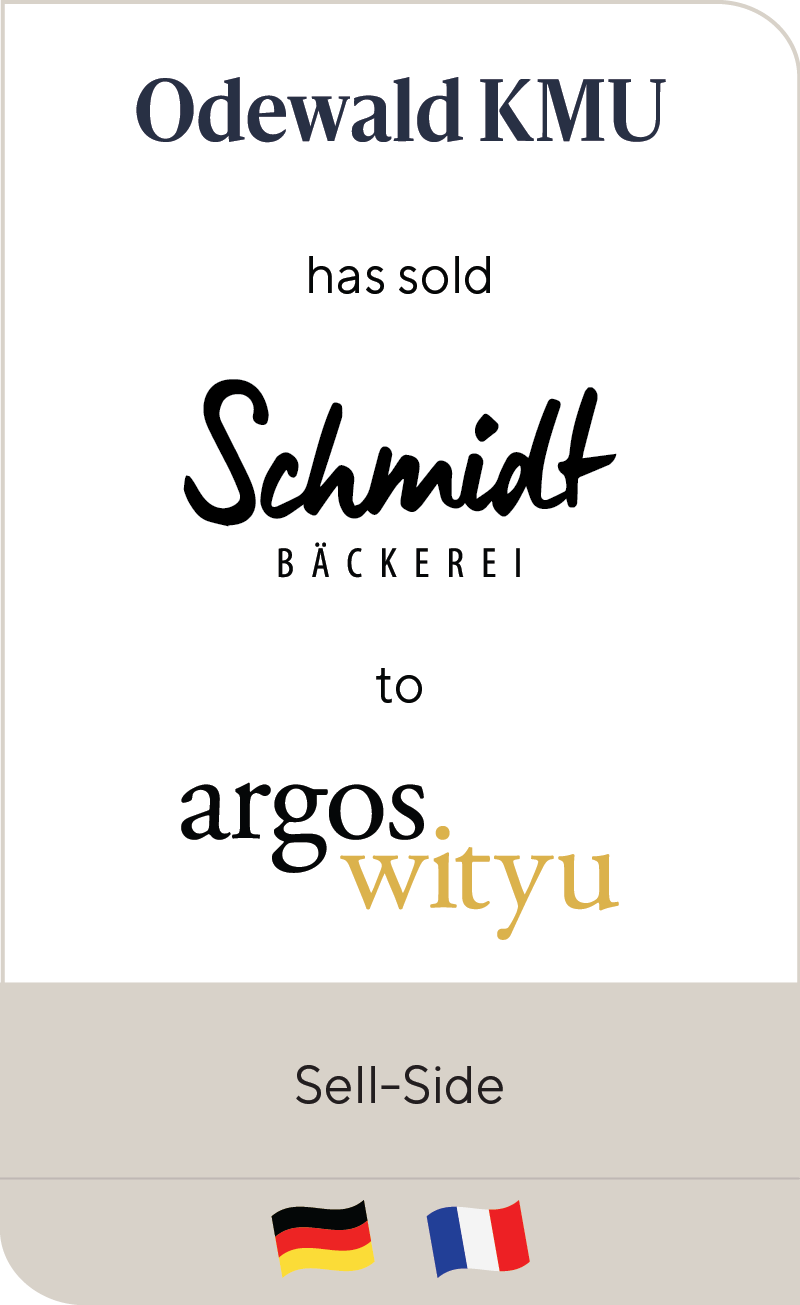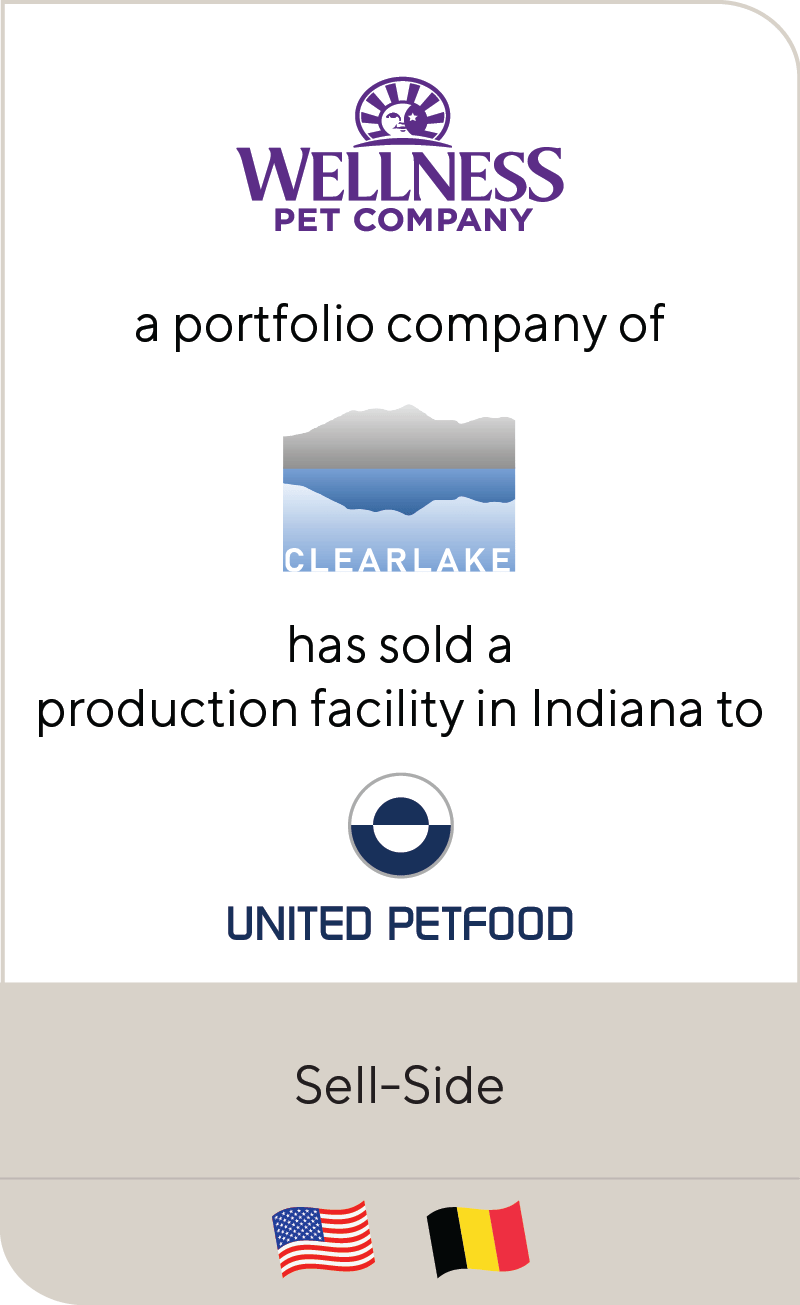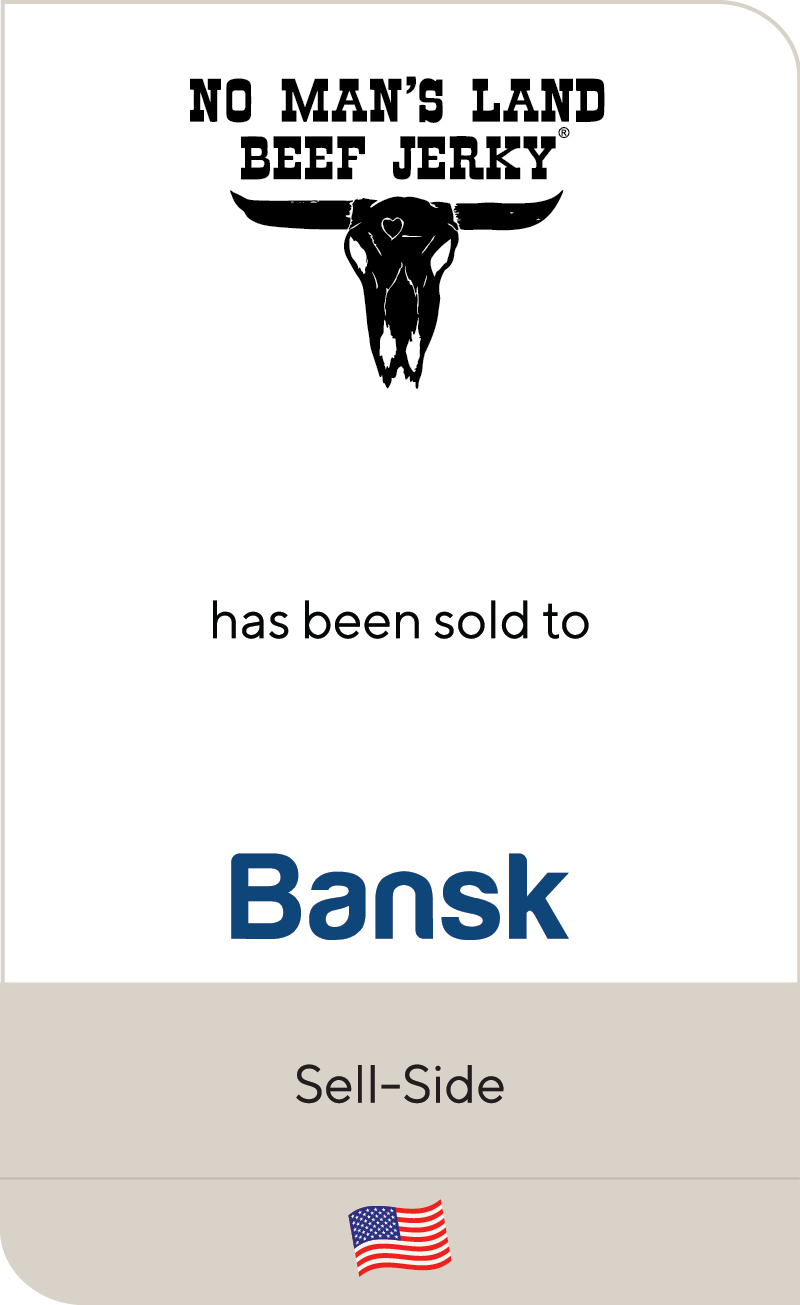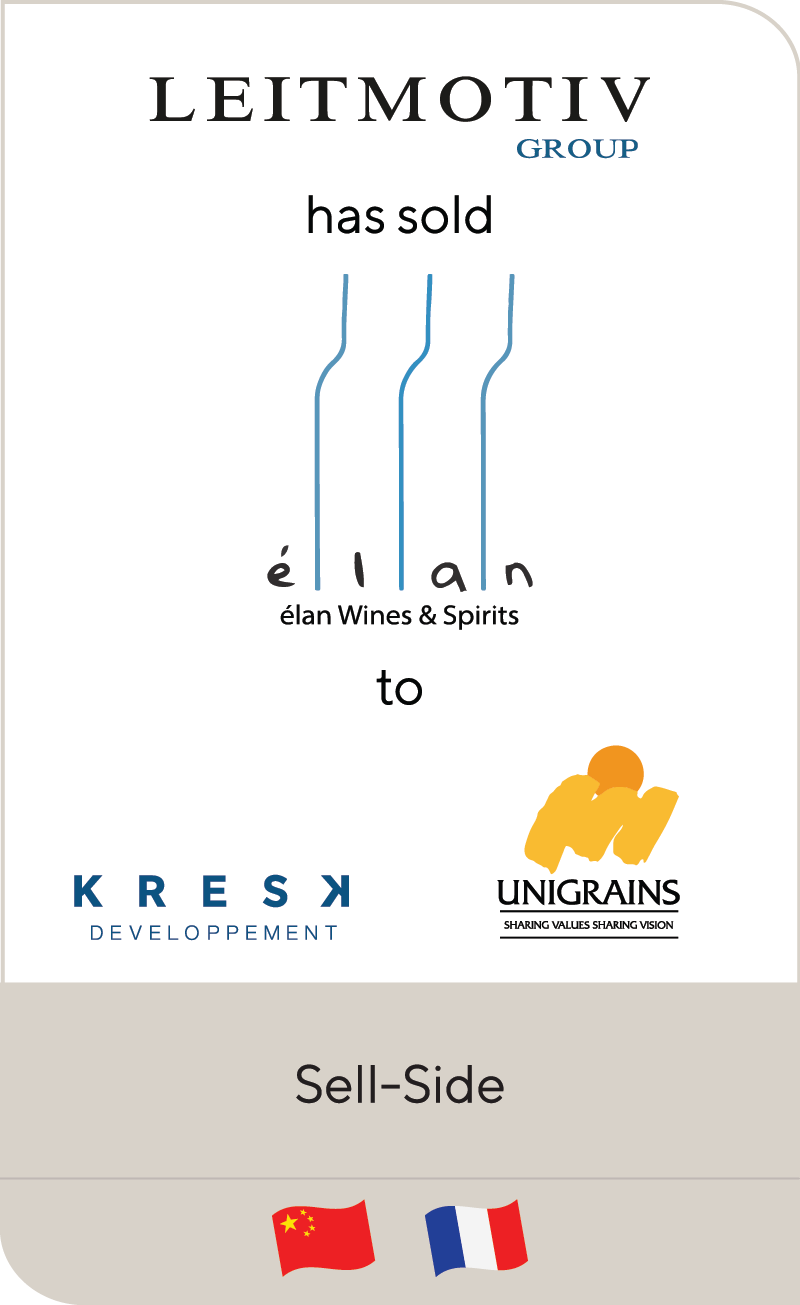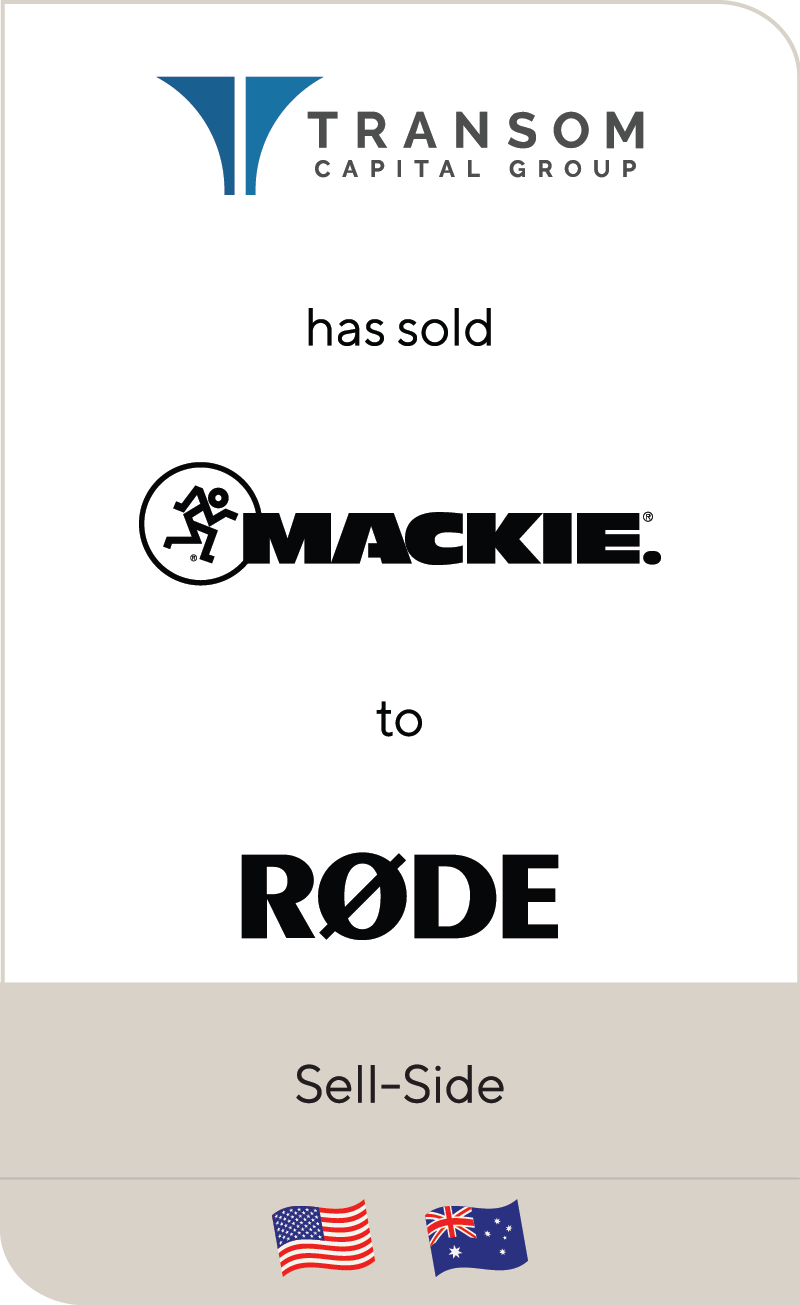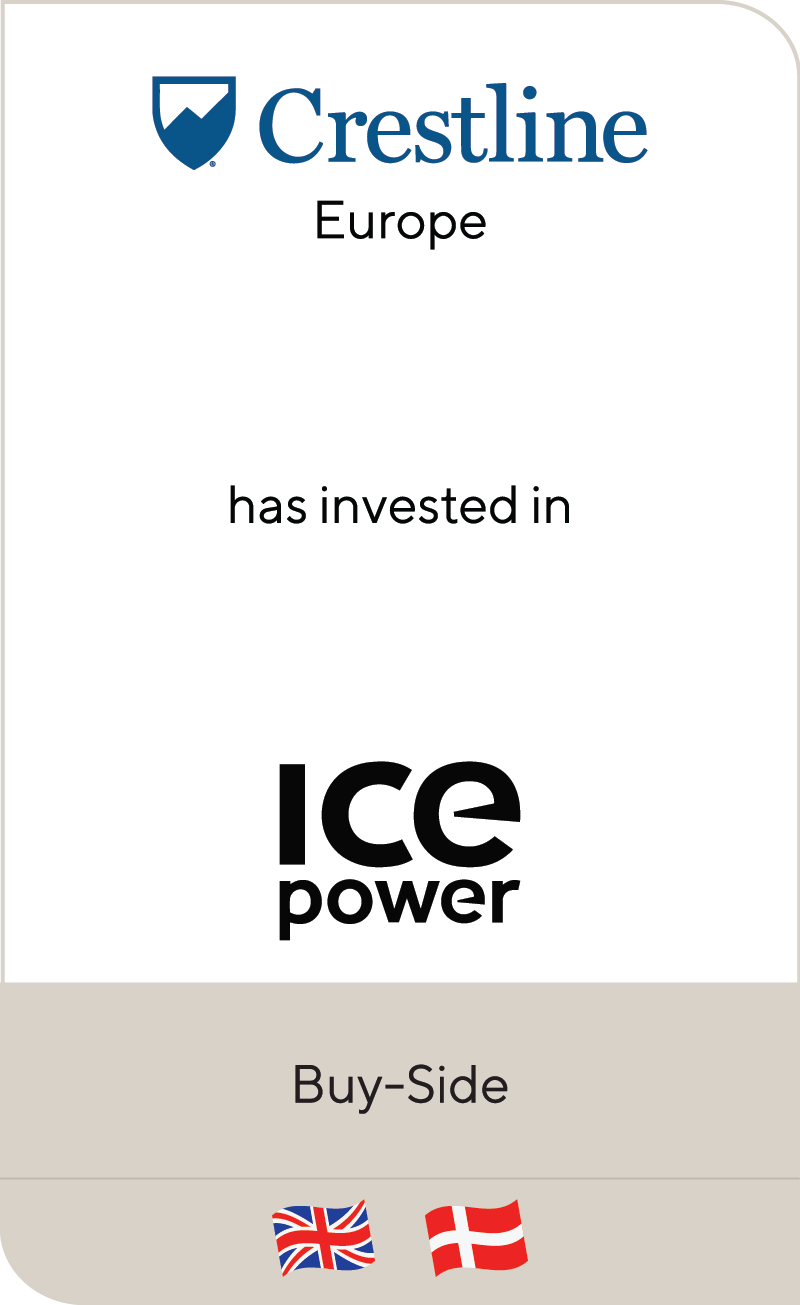Banking on Beauty: Q&A with Lincoln Director Ashleigh Barker
Apr 2022
Lincoln International recently welcomed Ashleigh Barker to the firm as a Director in the Consumer Group. Ashleigh comes to Lincoln with extensive experience advising beauty and personal care clients on mergers and acquisitions (M&A), growth equity fundraising and other strategic initiatives.
In addition to her years in investment banking, Ashleigh served as an Executive Director in the new business development group at Estée Lauder, advising management on strategic investments in new brands. Her combined experience on both the corporate and investment banking advisory sides of beauty M&A fuels her unique ability to understand how brands can position themselves for a top valuation and sale.
In our latest Q&A, Ashleigh shares her insights on the state of the beauty market and considerations for the year ahead.
Summary
-
Ashleigh Barker, Director in Lincoln's Consumer Group, shares her insights on the state of the beauty market and considerations for the year ahead.
- Click here to download a printable version of this perspective.
- Sign up to receive Lincoln's perspectives
As you launch the next phase of your career at Lincoln, what clients are you most excited to work with?
Ashleigh: For more than a decade, I have advised companies in the beauty, personal care and wellness sectors—including those in the early stages of their growth. These subsectors are increasingly combining—largely on the premise that much of beauty is born inside the body. I love working with brands that are at the center of that convergence and seizing the opportunity to develop new products and delivery formats that improve our lives as consumers. Building on my own network of clients and strategic partners, I am excited to join Lincoln, whose strong private equity roots offer access to an expansive list of buyers both domestically and internationally.
What is driving M&A activity among beauty brands?
Ashleigh: The beauty M&A market has long been influenced by the race to win market share, whether that’s winning in a distribution channel, gaining access to new technologies, or when it comes to competing with emerging brands, ultimately winning the trade-off of “buy versus build.”
Much of the M&A activity we’re seeing today is driven by these variables, in addition to the notion that many up-and-coming brands of a few years ago have now reached new scales. These brands have proven their viability in the market and present attractive opportunities, for strategic acquirers in particular, to take these brands to new levels they might not achieved as quickly on their own.
How has the pandemic impacted investment in the beauty sector?
Ashleigh: Beauty has demonstrated an incredible amount of resiliency throughout various economic cycles, the pandemic being no exception. While M&A activity was on pause for a period of time, it led to a build-up of capital ready to be deployed, leading to a heightened level of interest among both strategic and financial investors for the hottest beauty brands.
The categories investors are focused on today have undergone shifts mirroring our own consumer behaviors. During lockdown and mask mandates, consumers spent their dollars on skin and hair care, two categories that were still visible through the lens of a computer screen, while makeup which had already begun to decline, dropped even further.
The accelerated growth of the hair and skin categories created a seismic shift in the beauty landscape, bringing new brands to the forefront of becoming market share leaders, especially those that tapped into our own renewed interest in self care, health and well-being. Hair care’s growth in particular has been driven by the concept of the “skinification of hair,” or the consumer’s desire for hair products that are results-driven with proven effectiveness. We’ve seen scalp-care products and solutions for growing healthy hair come into focus during the pandemic and grow at incredible rates.
The pandemic also elevated investor interest in wellness. As consumers seek products that will improve their health, some beauty brands are also venturing into the supplements and probiotics space, blurring the lines between internal and external care. Investors are seeing this as a growth opportunity.
Lastly, we’re now seeing the biggest rebound coming from the online sales of fragrance, no longer seen as “just another luxury,” but a tool that is used to enhance consumers’ mental state of wellbeing due to its ability to evoke sensorial memories and experiences which can serve as the ultimate mood lifter.
How can beauty brands position themselves for growth and potential exits?
Ashleigh: In today’s market, authenticity, transparency and efficacy are top priorities. Consumers and acquirers alike are exceedingly interested in what the brand stands for. Is your brand inclusive and mission-driven? Are you transparent about ingredients used? Are you prioritizing sustainability not only in your packaging, but also in the product development process?
Buyers are looking to capitalize on the shift in consumer preference for both mission-driven companies and those that address diversity and inclusivity, in particular. Not every brand will achieve this in the same way. Some may incorporate a charitable giving component as part of their mission. Others may address a founder’s personal story or experience coming from a minority background or how they think about addressing underserved target demographics. No matter how it is achieved, brands must give careful consideration to their messaging and ensure it is communicated transparently and authentically—for both consumers and potential acquirers.
Efficacy is the ultimate test when it comes to achieving longevity in the eyes of potential acquirers and a point that is validated by the loyalty of the end customer. Does the product work and do what it says it will? Whether efficacy is underpinned by clinical studies supporting scientific claims, unique ingredients and formulation that are clean and nontoxic or a host of other experiential attributes, this is what will differentiate one brand from others in the market in the eyes of buyers.
How can brands develop and diversify their distribution strategy to attract potential acquirers?
Many brands are focused on selling digitally, but brick-and-mortar retailers are still critically important when done the right way. Beauty retailers like Ulta and Sephora are key distribution partners that can help build brands. At the same time, larger players like Target are becoming increasingly common locations for consumer beauty shopping and are further evolving the retail dynamic. The integration of retailers such as Ulta inside Target, or Space NK inside Walmart present new opportunities for brands. Overall, brands should be strategic about the retail partners they align with since buyers want to see that a brand can sustain sales in retail and not just sit on shelves.
Finally, acquirers will also want to see that there is still incremental growth potential to be achieved. Acquirers will identify where they can leverage their own access to retailers and new distribution channels or markets on behalf of the brand. Acquirers will also tap resources across manufacturing and infrastructure in order to maximize the potential for future synergies.
What would you like prospective clients to know about you?
Ashleigh: I have had the invaluable experience of sitting on the other side of the table as a buyer in this sector. I understand what it takes to be successful in the eyes of a potential acquirer, and I bring these learnings to each client I advise. I have seen it all through my time as a strategic buyer, my time at a bulge bracket bank and my time at a boutique bank—uniquely positioning me to maximize my clients’ value and success.
I am passionate about working closely with clients to achieve a successful outcome. I pride myself on being a partner of choice not just when they are looking to pursue an exit and need Lincoln, but long before that. I seek to align with the long-term goals of founders and management teams to be their champion and trusted advisor as they navigate both challenges and achievements that we can celebrate together.
Contributor

With a commitment to building lasting relationships, I take a bespoke approach to the individual needs of every client I work with, seeking to be their champion, trusted advisor and partner well before, leading up to and throughout any potential transaction that may take place.
Ashleigh Barker
Director
Los Angeles
